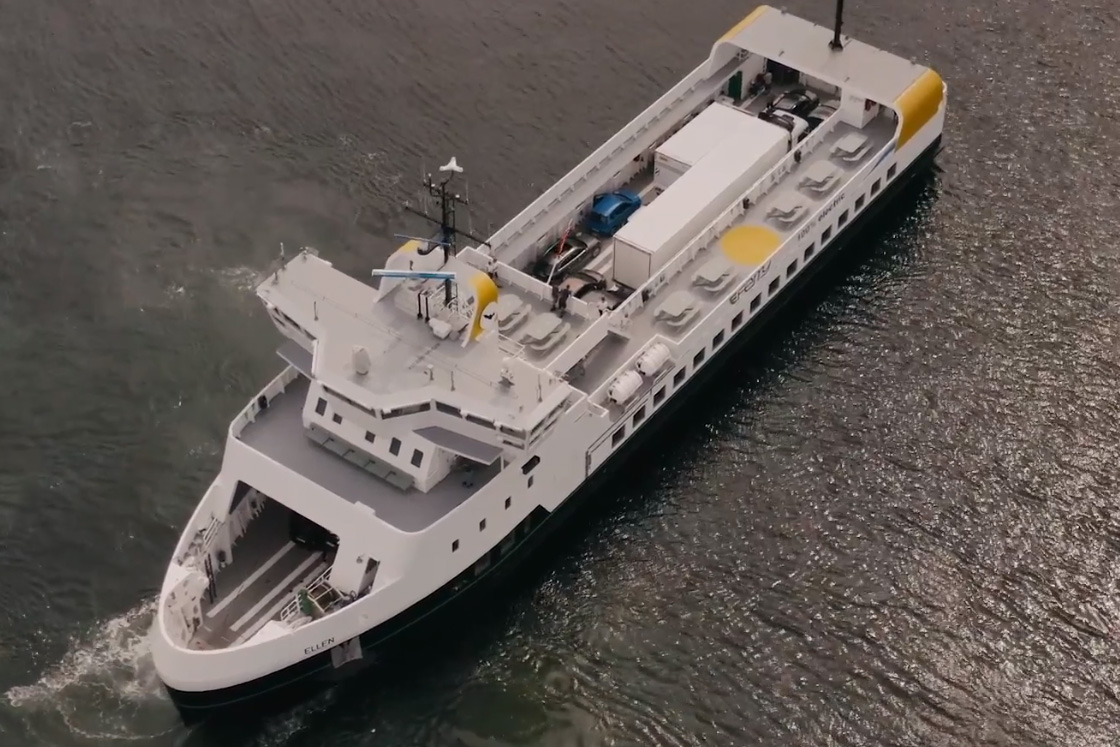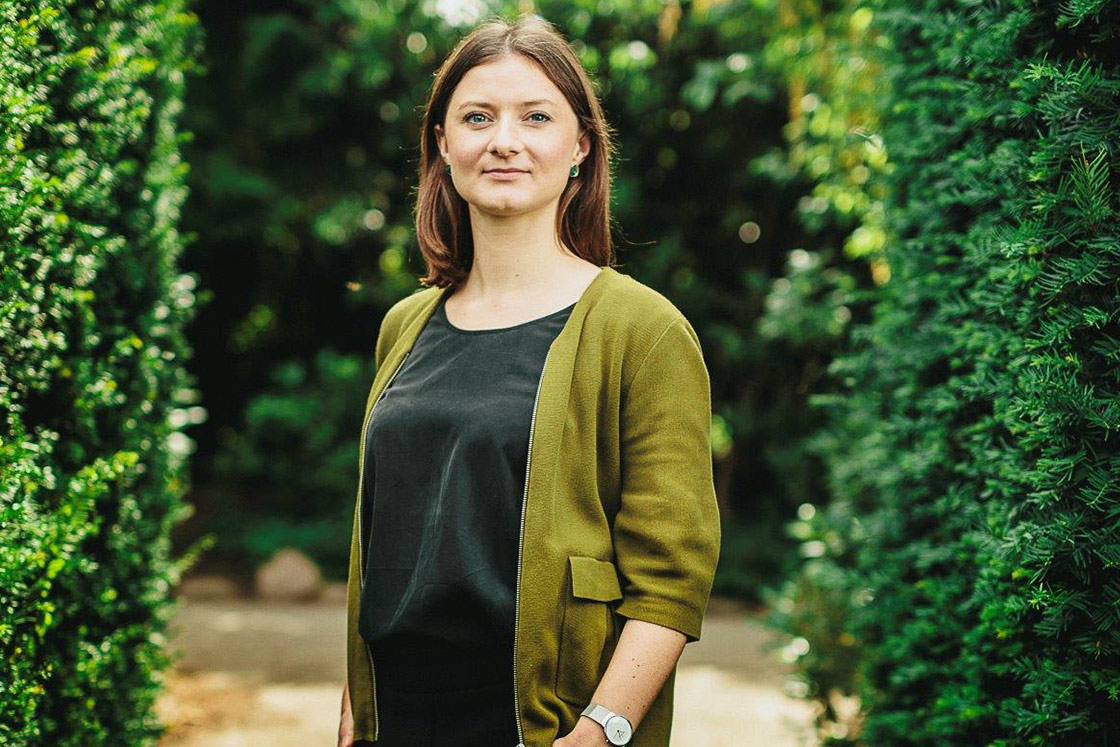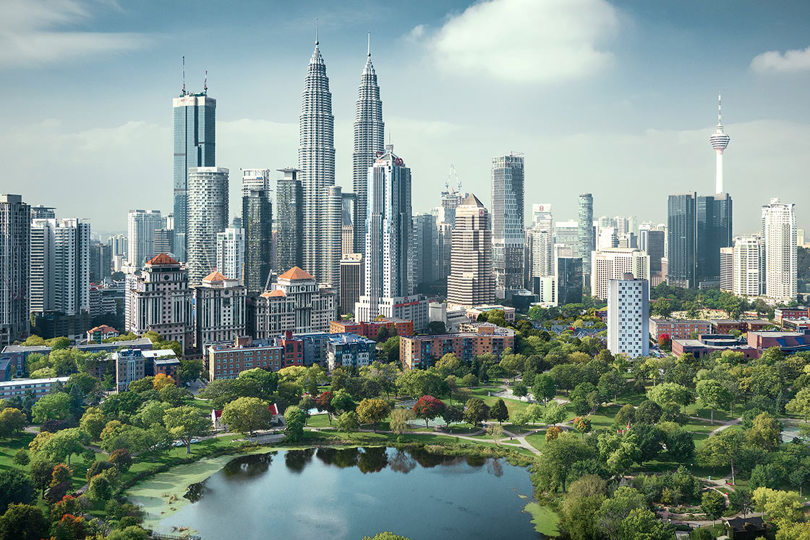
UN report states that we must cut global emissions by 7.6 percent every year for next decade to meet 1.5°C Paris target. But the good news is that the solutions already exist and can be adopted immediately.
New UN Environment Programme (UNEP) report warns that unless global greenhouse gas emissions fall by 7.6 per cent each year between 2020 and 2030, the world will miss the opportunity to get on track towards the 1.5°C temperature goal of the Paris Agreement.
The Emissions Gap Report says that, even if all current commitments under the Paris Agreement are implemented, temperatures are expected to rise by 3.2°C, resulting in even wider-ranging and more destructive climate impacts. Collective ambitions must increase more than fivefold over current levels to deliver the cuts needed over the next decade for the 1.5°C goal.
”We are ready with the technologies and solutions that can deliver significant environmental, economic, and social benefits but only if all of us, including governments, take bolder action,” says Julia Panzer, Head og Public Affairs and Sustainability at Danfoss.
By 2030, emissions would need to be 55% lower than in 2018, to put the world on the least costly pathway to limiting global warming to 1.5°C. To bend the emissions curve deeply and faster, radical transformation and political leadership is needed, the report states. From a technological point of view, a shift to renewable energy and energy efficiency in the power, buildings, and transport sectors, could deliver significant reductions until 2050.

The solutions to close the emissions gap already exist
According to the Emissions Gap Report, electrification of transport could reduce the sector’s CO2 emissions by 72% by 2050. And in Denmark, a solution materialized in the world’s most powerful electric ferry just being launched. E-Ferry Ellen has the largest battery capacity at sea and navigates without CO2 emissions.
Coal phase out and a transition to renewables and energy efficiency is another way to help close the emissions gap. Here, we have the old steel capital of China, Benxi, which vanished in smog 40 years ago. Today, Benxi has reduced annual coal consumption by 26,500 tons and has become a model city for excess heat utilization.
The UNEP report says all nations must substantially increase ambition in their Nationally Determined Contributions in 2020 and follow up with policies and strategies to implement them.
The solutions are available to make meeting the Paris goals possible, but they are not being deployed fast enough or at a sufficiently large scale.
”It is not a question of technology. It is a question of mindset, smart thinking, governance and cost-effective solutions. The solutions exist and can be adopted immediately,” Julia Panzer says.

Energy Efficiency
From the homes we live in, the places we work and the stores we rely on to our food production, water purification and transport – energy efficiency is where the future of a sustainable existence starts.
